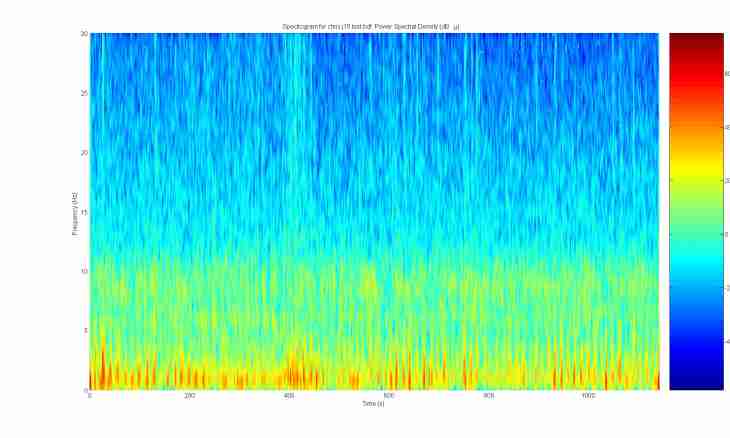The spectral analysis is a method of quantitative and high-quality determination of composition of substance. It is based on studying ranges of absorption, emission and a luminescence.
Methods of the spectral analysis
The spectral analysis is subdivided into several independent methods. Distinguish from them: infrared and ultra-violet spectroscopy, atomic and absorbing, luminescent and fluorescent analysis, spectroscopy of reflection and combinational dispersion, spektrofotometriya, x-ray spectroscopy and also some other methods.
The absorbing spectral analysis is based on studying ranges of absorption of electromagnetic radiation. The issue spectral analysis is carried out on ranges of emission of the atoms, molecules or ions excited in various ways.
Atomic and issue spectral analysis
The spectral analysis often call only the atomic and issue spectral analysis which is based on a research of ranges of emission of free atoms and ions in a gas phase. He is led to areas of lengths of waves 150-800 nanometers. Enter test of the studied substance into a source of radiation then in it there is an evaporation and dissociation of molecules and also excitement of the formed ions. They emit radiation which is fixed by the registering device of the spectral device.
Work with ranges
Ranges of tests compare to ranges of the known elements which can be found in the corresponding tables of spectral lines. So learn composition of the analyzed substance. The quantitative analysis means definition of concentration of this element in analyzed substance. It is recognized by signal size, for example, on extent of blackening or optical density of lines on a photographic plate, on intensity of a light stream on the photo-electric receiver.
Types of ranges
The substances which are in strong or liquid state and also dense gases give a continuous range of radiation. In such range there are no gaps, in it waves of all lengths are presented. Its character depends not only on properties of separate atoms, but also on their interaction with each other. The line spectrum of radiation is characteristic of substances in gaseous state, at the same time atoms almost do not interact with each other. The fact is that the isolated atoms of one chemical element radiate waves of strictly certain wavelength. At increase in density of gas the spectral lines begin to extend. For observation of such range use a luminescence of the gas category in a tube or substance vapors in a flame. If to pass white light through not radiating gas, against the background of a continuous range of a source dark lines of a range of absorption will appear. Gas most intensively absorbs light of those lengths of waves which it lets out in a heated state.
